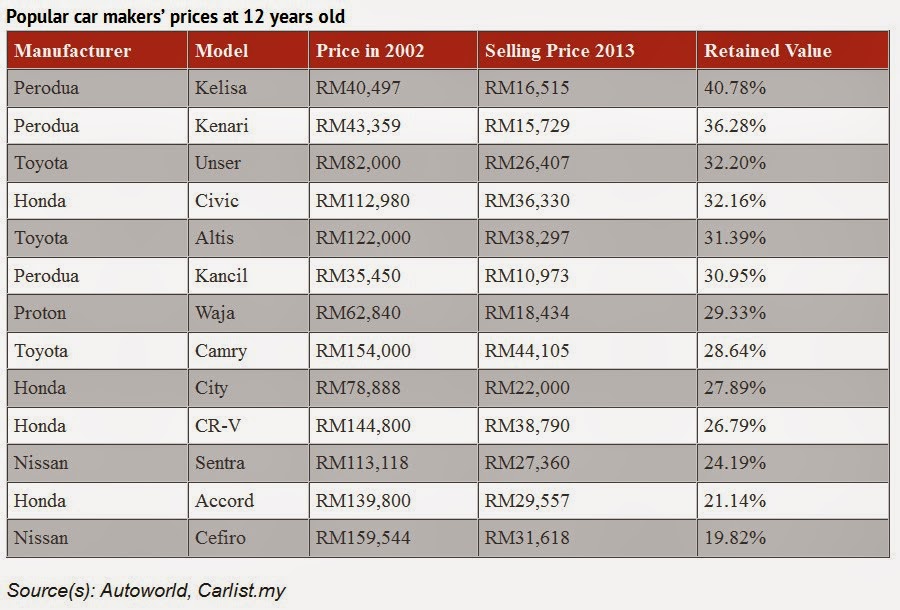Dividend investing is as sexy as watching paint dry on the wall. Defining an entry criteria that selects quality dividend stocks with rising dividends over time and then patiently reinvesting these dividends while sitting on your hands is not exciting. While active traders have a plethora of hedge fund managers on the covers of Forbes magazine there are not many well-publicized successful dividend investors. Even value investing has its own superstars – Ben Graham and Warren Buffett.
I did some research and uncovered several successful dividend investors, whose stories provide reassurance that the traits of successful dividend investing I outlined in a previous post are indeed accurate.
The first investor is Anne Scheiber, who turned a $5,000 investment in 1944 into $22 million by the time of her death at the age of 101 in 1995. Anne Scheiber worked as an IRS auditor for 23 years, never earning more than $3150/year. The one important lesson she learned auditing tax returns was that the surest way to become rich in America is by accumulating stocks. She accumulated stocks in brand name companies she understood and then reinvested dividends for decades. She never sold, in order to avoid paying taxes and commissions. She also never sold even during the 1972-1974 bear market as well as the 1987 market crash because she had high conviction in her stocks picks. She also held a diversified portfolio of almost 100 individual securities in brand names such as Coca-Cola (KO), PepsiCo (PEP), Bristol-Myers (BMY), Schering Plough (acquired by Pfizer in 2009). She read annual reports with the same inquisitive mind she audited tax returns during her tenure at the IRS and also attended annual shareholders meetings. Anne Scheiber did her own research on stocks, and was focusing her attention on strong franchises which have the opportunity to increase earnings and pay higher dividends over time.
In her later years she reinvested her dividends into tax free municipal bonds, which is why her portfolio had a 30% allocation to fixed income at the time of her death. At the time of her death, her portfolio was throwing off $750,000 in dividend and interest income annually. She donated her whole fortune to Yeshiva University, even though she never attended it herself.
The second investor is Grace Groner, who turned a small $180 investment in 1935 into $7 million by the time of her death in 2010. Ms Groner, who worked as a secretary at Abbott Laboratories for 43 years invested $180 in 3 shares of Abbott Laboratories (ABT) in 1935. She then simply reinvested the dividends for the next 75 years. She never sold, but just held on to her shares.
She was frugal, having grown up in the depression era, and was the classical millionaire next door type of person who was not interested in keeping up with the Joneses. Grace Groner left her entire fortune to her Alma Mater. Her $7 million donation is generating approximately $250,000 in annual dividend income.
The reason why dividend investors are not highly publicized is because dividend investing is not sexy enough to be featured in the financial mainstream media. In addition to that, it is not profitable for Wall Street to sell you into the idea that ordinary investors can invest on their own. Compare this to mutual funds, annuities and other products which generate billions in commissions for Wall Street, despite the fact that they might not be in the best interest of small investors.
The third dividend investor is Warren Buffett, the Oracle of Omaha himself. In a previous article I have outlined the reasoning behind my belief that Buffett is a closet dividend investor. He explicitly noted in his 2009 letter that "the best businesses by far for owners continue to be those that have high returns on capital and that require little incremental investment to grow". His investment in See's Candy is the best example of that.
Some of Buffett's best companies/stock that he has owned such as Geico, Coca Cola , See's Candy are exactly the types of investments mentioned above. He has mentioned that at Berkshire he tries to stick with businesses whose profit picture for decades to come seems reasonably predictable. Per Buffett the best businesses by far for owners continue to be those that have high returns on capital and that require little incremental investment to grow. In addition, his 2011 letter discussed his dividend income from all of Berkshire Hathaway investments, including his prediction that Coca Cola dividends will keep on increasing, based on the pattern of historical dividend increases.
In this article I outlined three dividend investors, who managed to turn small investments into cash machines that generated large amounts of dividends. They were able to accomplish this through identifying quality dividend growth companies at attractive valuations, patiently reinvesting distributions and in two out of three cases maintaining a diversified portfolio of stocks. These are the lessons that all investors could profit from.



